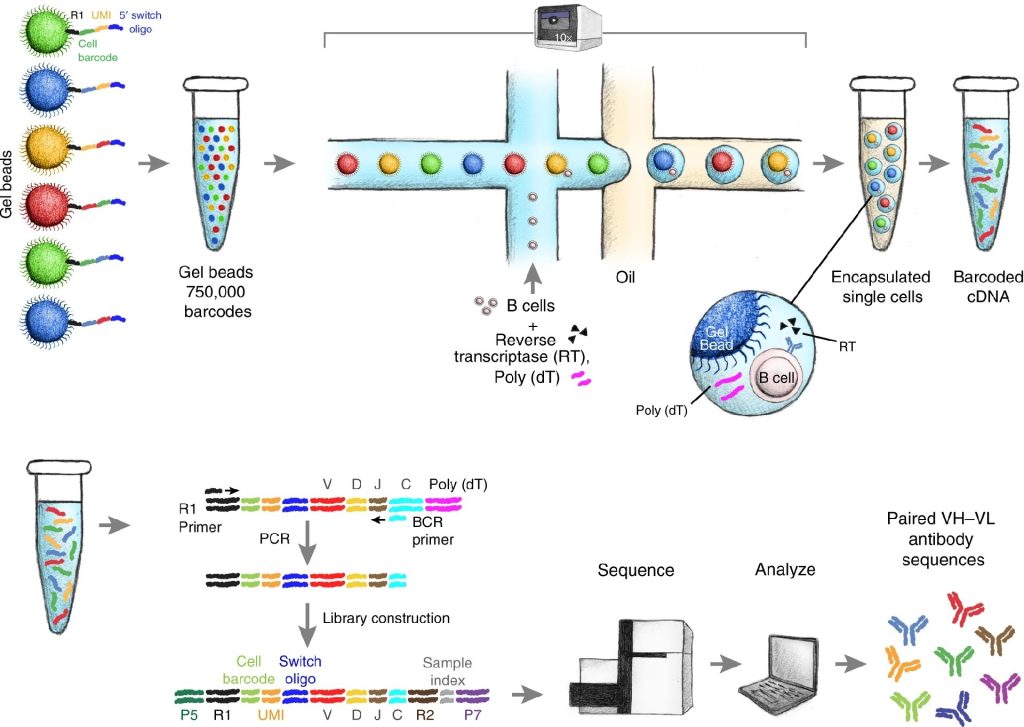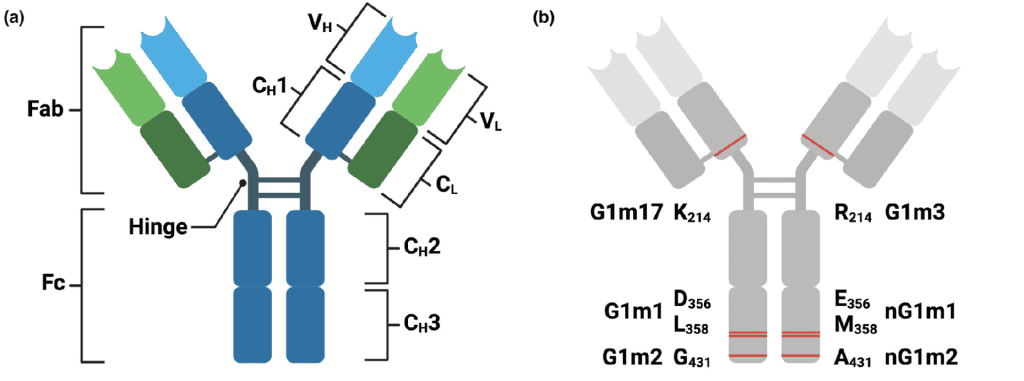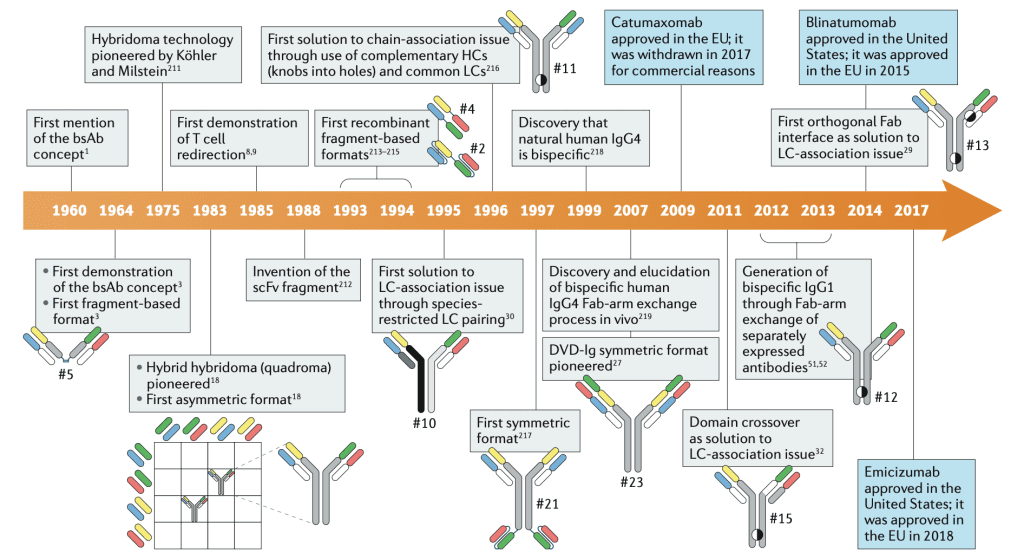Understanding Fully Human and Humanized Monoclonal Antibodies
Monoclonal antibodies (mAbs) are useful therapeutics for targeted treatments in oncology, autoimmune disorders, and infectious diseases. Among the key distinctions in therapeutic mAbs are those labeled “fully human” and “humanized.” Both rely heavily on animal models—primarily mice—and genetic engineering techniques to achieve their therapeutic properties. Fully Human mAbs: Genetic Engineering at Work Fully human mAbs […]
Understanding Fully Human and Humanized Monoclonal Antibodies Read More »










